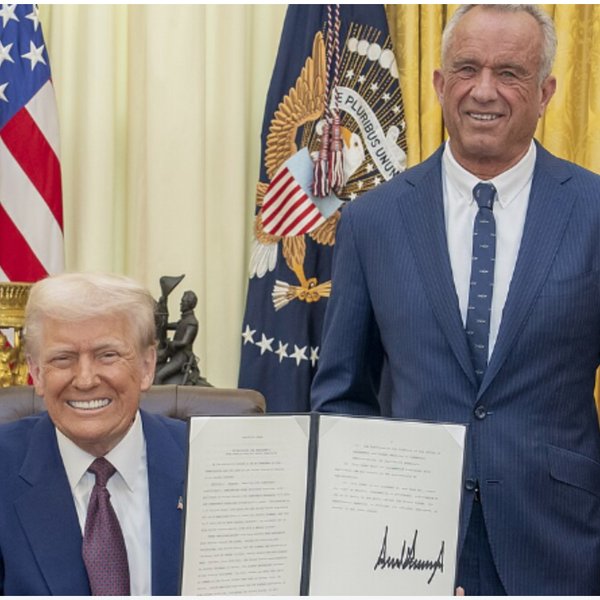Climate Negotiators In Peru ‘Did The Bare Minimum,’ One Critic Says
By Neela Banerjee, Tribune Washington Bureau (TNS)
WASHINGTON — International negotiators in Peru agreed early Sunday on some essential building blocks for a global accord to address climate change, most notably an unprecedented agreement that all countries commit to cutting heat-trapping emissions.
But the contentious marathon discussions convened by the United Nations left so many issues undecided or watered down that many participants cautioned that time might run out to craft a pact over the next year that would deliver the emissions cuts needed to avert the worst damage scientists expect from climate change.
“Against the backdrop of extreme weather in the Philippines and potentially the hottest year ever recorded, governments at the U.N. climate talks in Lima opted for a half-baked plan to cut emissions,” said Samantha Smith, leader of the World Wildlife Fund’s global climate and energy initiative.
The talks aim to develop the framework for an international accord to curtail heat-trapping emissions from 2020 onward and to help poorer nations in particular adapt to changes already taking place. The final agreement is due to be signed in Paris next December.
Britain’s climate change secretary, Ed Davey, told the BBC that the deal was “a really important step,” although he added: “I am not going to say it will be a walk in the park in Paris.”
Two decades of international talks have done little to rein in growing emissions of carbon dioxide and other greenhouse gases. Still, the Lima conference gained fresh momentum when the two top emitters, China and the United States, made a joint announcement last month of ambitious plans to address their pollutants. The European Union also pledged deep cuts.
That momentum quickly dissipated in Lima, however, as the talks snagged on historically divisive issues of responsibility for cutting emissions. Industrialized nations such as the U.S. pumped most of the carbon dioxide into the atmosphere as they built their vast economies over the last century, and developing countries argue that as a result, richer states should take on the full burden of making emissions cuts. But over the last few decades, emerging economies such as China, India and Brazil have joined the United States at the top of emitter lists as their economies boomed, raising questions about how much they should do to address their greenhouse gases.
For the first time, all nations agreed to deliver plans by March 31 on their individual emissions cuts, a small but meaningful compromise in the decades-long debate between richer and poorer countries.
But countries failed to agree on the ground rules for the emissions-reduction pledges, leaving it unclear what kind of information each nation would provide and whether it would be comparable. An assessment of whether the pledges would be enough to cut emissions to levels that would avert the worst global temperature increases was put off until November, just one month before the talks for a final accord in Paris.
“The negotiators did the bare minimum they could do,” said Nathaniel Keohane, vice president for international climate at the Environmental Defense Fund. “If that’s the pattern going forward into the next year of talks, then negotiators will have to shape up.”
Diplomats from the approximately 190 countries at the talks also approved a draft document of the key issues to be included in the final Paris agreement. In a sign of how low the bar was for success in Lima, the document only enumerates the issues the final agreement will cover, including transparency of emissions cuts and financing efforts to help developing countries. None was resolved.
But the fact that the document was not rejected after two weeks of talks and can be negotiated further is considered progress.
Over the next year, diplomats will attempt to hammer out the many outstanding thorny issues. The next major meeting on the road to Paris is set for June in Bonn, Germany, when a draft text of the Paris pact is expected to be unveiled.
AFP Photo/Cris Bouroncle












